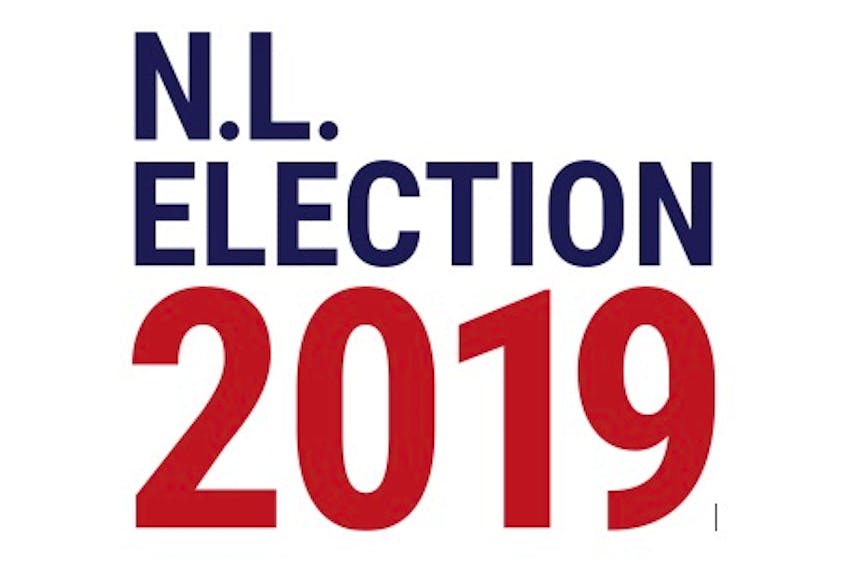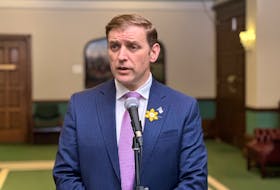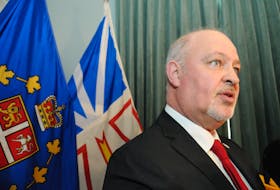ST. JOHN'S, N.L. — Two bond rating agencies – the groups who dictate how much borrowing costs the province – are offering a mixed review of the 2019 provincial budget.
In analysis released shortly after the budget was presented, Moody’s says the path to a modest surplus in 2022-23 is still on track, but could face future challenges.
"Even absent the strong surplus in 2019-20, the headline signals of the budget are mixed. We see greater challenges in executing the full plan to balance by 2022-23, yet the borrowing requirements, which will drive the debt burden, are easing due to improved cash flow,” said Michael Yake, senior credit officer with Moody’s.
The impact of the guaranteed revenue from the Atlantic Accord from 2019 to 2056 is a good thing, according to Moody’s analysis, but higher projected deficits in 2020-21 and 2021-22 are concerning.
“Nonetheless, the guaranteed annual cash flow from the Hibernia Backed Dividend Annuity Agreement (Atlantic Accord) is providing the province with relief on financing requirements,” reads the Moody’s report.
“Moody's estimates that net borrowings will be reduced $CAD400 million through the end of 2022-23 compared to previous estimates.”
The province will spend almost $1.4 billion on debt servicing, the cost of which is influenced by bond rating agencies like Moody’s and DBRS. The borrowing costs are up from $1.1 billion in the previous budget. In 2019-20, the province will spend almost $1.4 billion on K-12 education and post-secondary education combined.
Improved outlook
DBRS described the budget as a “stay-the-course budget along with some modest tax relief.”
DBRS says the province’s plan to reduce the size of deficits is “somewhat slowed” compared to its review of the 2018 provincial budget.
“While the plan is
unlikely to evolve precisely as planned because of underlying volatility in the economy, the government remains strongly committed to restoring the province’s finances,” reads the DBRS report.
“The debt burden continues to rise and is subject to downside risks, but the outlook as improved modestly from the previous year on account of the new Atlantic Accord revenues.”
SBRS estimates annual expense reductions by the government will be about 2.5 per cent, at the current pace.
However, while the provincial government has touted a $1.92-billion surplus, DBRS says its own math counts an $855-million deficit – which is larger than the government’s own calculation of a $570-million deficit.
“Excluding the impact of the Atlantic Accord review, total revenue is projected to grow by 1.3 percent in 2019–20 driven by a combination of rising offshore royalties, increased federal transfers for cost-shared programs and modest growth in tax receipts and offset by a decline in earnings at government business enterprises and other own-source revenues,” reads the DBRS report.
“Tax changes announced are relatively modest and include the elimination of tax on automobile insurance premiums and the deficit reduction levy.”
A final report on the 2019 budget from both agencies – assuming the budget is passed by whoever forms the government after the election – is expected in the coming months.
[email protected]
Twitter: DavidMaherNL









